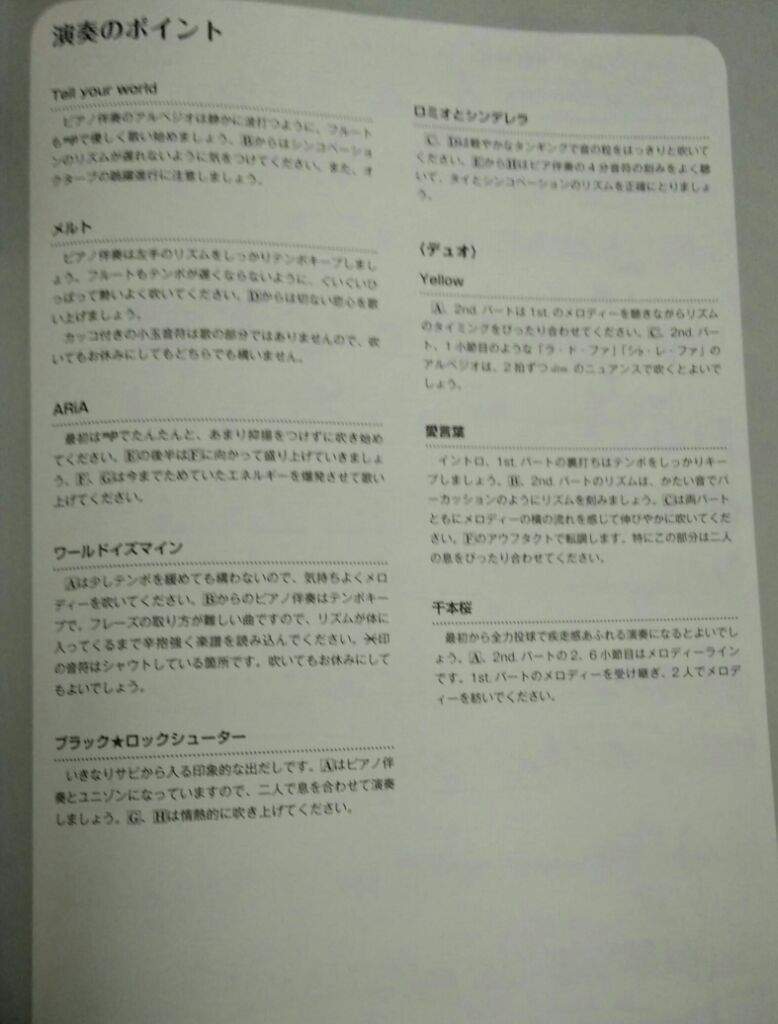

Most Dizi music tends to be slow and timbre based, but this experience opened my eyes to the versatile nature of this instrument. It is particularly suited for Zigeunerweisen because of the attack and the quick volume changes which would have been present in the “gypsy music” which inspired Sarasate. Because the Dizi has no moving parts, there is a sharpness in the fast notes which is unique and enticing. She played Zigeunerweisen, which was written as a violin concerto, but after hearing her play it, I was struck by how much better it was than even Perlman’s rendition (though ironically my Chinese colleagues tend to prefer the violin version).
#World is mine hatsune miku flute professional#
I first heard a professional Dizi (a wooden flute with no movable parts) player when one of the professors at Shanghai University Conservatory came to play with our orchestra. I apologize that the quality of the recording is not great, but I wanted to post Duan’s version because she is quite possibly the best in the world at this piece. This piece also highlights how important glissandos and trills are to Chinese music and to the Erhu in particular. This note demonstrates the control that the design of the instrument gives. Another great example of the clarity of attack is at 1:58, when Duan plays a bouncing note with the bow. This can be seen at 40 seconds and just after 1:00 when Duan plays multiple notes in the same bow (what would be slurred spiccato on violin). Because the bow is on the inside of the string as opposed to the outside, the musician has finer control over the beginning and end of the note. What impresses me most about this instrument in comparison to the violin is the clarity of the attack during soft notes. This piece, originally composed by the enigmatic Abing from Wuxi, is one of the mainstays of the Erhu cannon. Moon Reflected in the Second Spring- Performed by Duan Aiai & Shanghai Chinese Orchestra Qian Jun- both soloists in the Shanghai Chinese Traditional Orchestra- to demonstrate some techniques on the Erhu and Dizi respectively.

As well as giving some historical background, the presenter also invited Ms. A couple months ago, I attended a lecture at my university about Chinese traditional instruments.


 0 kommentar(er)
0 kommentar(er)
